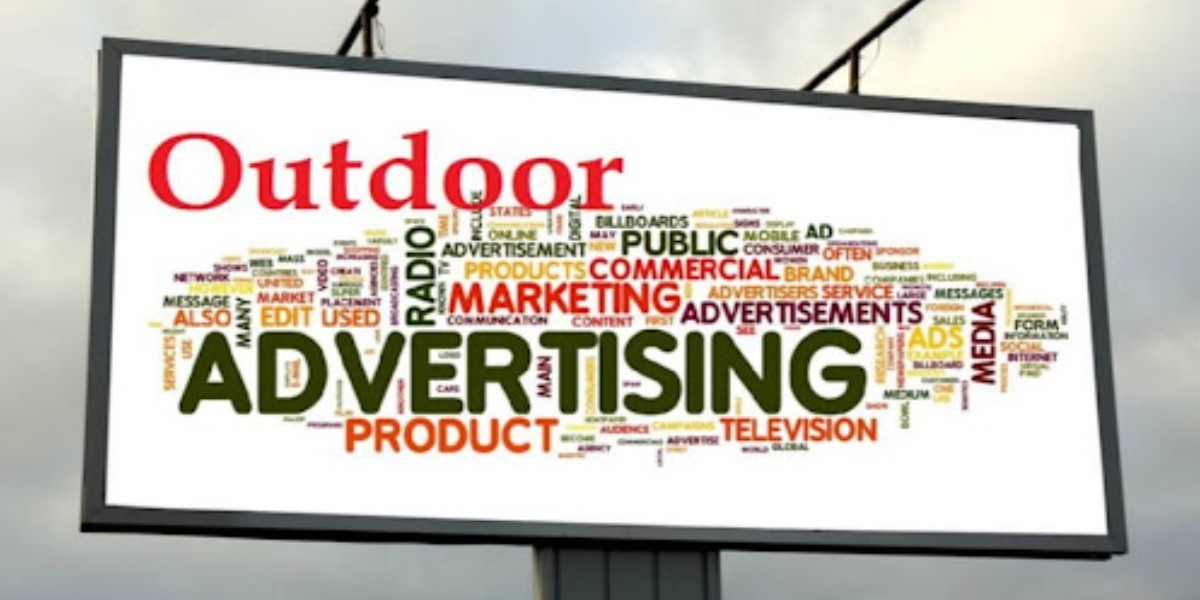Outdoor Marketing in the Digital Age: Why It Still Matters and How to Do It Right
In a world dominated by digital screens, social media, and online advertising, it’s easy to overlook the power of Outdoor Marketing. Yet, it remains one of the most effective ways to build brand visibility, influence buying decisions, and reach a wide audience in real time. From billboards on busy roads to banners outside retail stores, Outdoor Marketing offers brands the chance to be seen, remembered, and acted upon.
Whether you’re a small business or a large enterprise, combining outdoor efforts with your digital marketing strategy can take your brand presence to the next level.
What is Outdoor Marketing?
Outdoor Marketing, also known as Out-of-Home (OOH) advertising, refers to any promotional content displayed in public spaces. This includes:
- Billboards (static or digital)
- Street furniture ads (bus stops, benches, kiosks)
- Transit ads (on buses, trains, taxis, etc.)
- Posters and banners
- Wallscapes and building wraps
- LED screens in public places
The primary goal of Outdoor Marketing is to capture the attention of consumers as they move about their daily routines — at work, during commutes, or while shopping and socializing.
Why Outdoor Marketing Still Works
1. High Visibility
Outdoor advertisements are large, bold, and located in high-traffic areas. Unlike digital ads that can be skipped or blocked, Outdoor Marketing is unavoidable — people see it whether they want to or not.
2. Brand Recall
Repetitive exposure to outdoor ads leads to better brand recall. A commuter seeing the same billboard every day is more likely to remember the brand and act on it.
3. Trust Building
Outdoor Marketing often enhances credibility. Seeing your brand in the real world — especially in premium spots — builds consumer trust.
4. 24/7 Exposure
Unlike online ads that depend on screen time, outdoor ads are visible round the clock. Whether it’s day or night, rain or shine, your message stays up.
5. Geo-Targeting Advantage
You can target your audience based on location — like placing an ad near a shopping mall, business hub, or university — to reach people who are most likely to be interested in your products or services.
Types of Outdoor Marketing Strategies
Let’s break down the different approaches to Outdoor Marketing and how they serve various industries:
1. Billboards
Large-format advertising on roadsides and highways. Great for branding and big launches.
2. Transit Advertising
Ads on buses, taxis, and trains offer high mobility, reaching people across different zones of a city.
3. Digital Out-of-Home (DOOH)
Dynamic, animated displays shown on LED screens in malls, airports, or streets. These allow real-time updates and even interactive features.
4. Posters & Flyers
Cost-effective for small businesses, local events, or retail stores.
5. Pop-Up Banners & Signboards
Common for exhibitions, outdoor events, or temporary promotions.
Industries That Benefit from Outdoor Marketing
Nearly every industry can benefit from Outdoor Marketing, but some of the top sectors include:
- Healthcare — Hospitals, clinics, and pharmacies
- ️ Real Estate — Housing projects and new developments
- Food & Beverage — Restaurants, cafes, and fast food brands
- Retail — Supermarkets, apparel stores, electronics
- Education — Schools, colleges, and training centers
- Telecom & Tech — Mobile networks and digital products
Outdoor Marketing vs Digital Marketing: A Winning Combo
While Outdoor Marketing offers massive reach and real-world presence, it becomes even more powerful when combined with digital marketing.
For example:
- Add a QR code on your billboard that directs users to your website.
- Promote a social media contest using transit ads.
- Use geotargeted mobile ads around your outdoor ad locations for retargeting.
By syncing both channels, you multiply your brand’s exposure and create a cohesive campaign across platforms.
Tips for a Successful Outdoor Marketing Campaign
To make your Outdoor Marketing efforts count, follow these best practices:
Keep It Simple
Use short, bold text. Focus on one message per ad.
Use Strong Visuals
A powerful image can grab attention more than words. Make your design visually engaging.
Include a Call to Action
Encourage people to visit your website, call a number, or scan a code.
Target the Right Locations
Place your ads where your audience spends time — not just high-traffic areas, but relevant ones.
Be Consistent
Use consistent branding across outdoor and digital channels to strengthen recognition.
Final Thoughts
Outdoor Marketing remains a timeless, effective advertising method — especially when smartly integrated with digital tools. It offers unmatched visibility, builds trust, and reaches customers where they are in the real world. Whether you’re promoting a product, building your brand, or driving traffic to a store or website, Outdoor Marketing should be part of your overall strategy.








